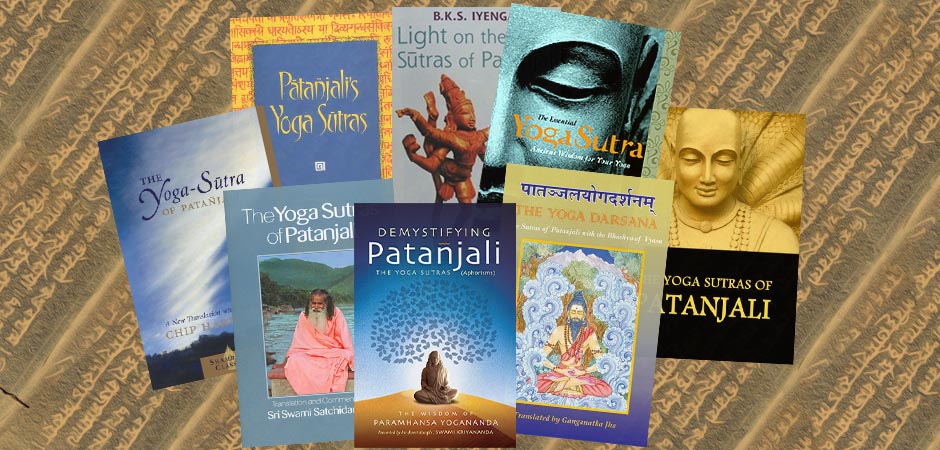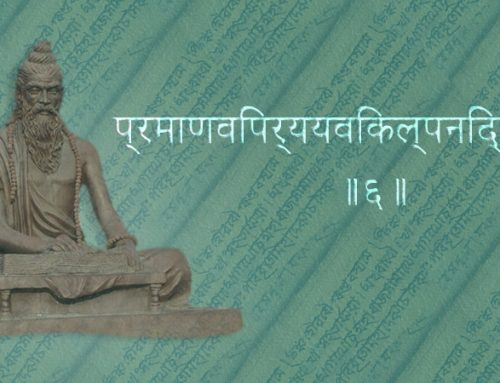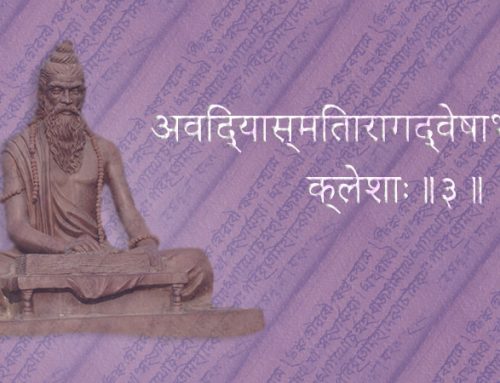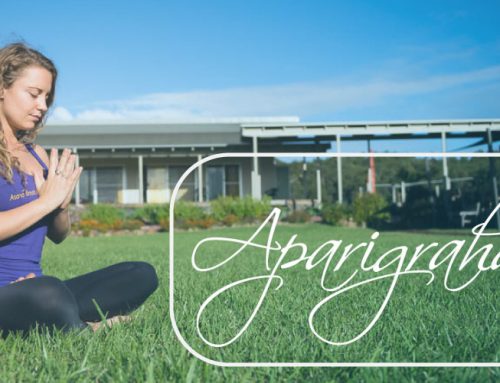Having focused on each of the 8 Limbs in previous newsletters, we are now going to delve deeper into the Yoga Sutras of Patanjali. In future newsletters we plan to explore the various translations of what we consider to be the key Sutras, the vital foundations Patanjali gave us for living life on yogic principles and the catalysts to instigate positive change.
First – an overview of the Sutras. Patanjali is said to have compiled them from a variety of sources between 2,000 and 3,000 years ago. The 196 Sutras provide us with a guide to yoga practice and a manual to living a yogic life. It is said they work on different levels – understanding the meaning and integrating the concepts will change your life, however chanting them without any knowledge of the significance of the words can act on subtle energies in the body and spirit.
Broadly speaking the first of the four chapters is an overview, offering an explanation of yoga, the purpose and an outline of the path (this will be revealed in the next newsletter!). The second chapter details the work, the actions, and the practices each individual needs to do in order to progress on their yoga journey. The third chapter gets out there! Patanjali describes the super powers that can be achieved through dedicated yoga practice, however also warns they are merely a distraction. The fourth chapter offers discourse on the goal – Kaivalya or Moksha – meaning liberation, freedom or ultimate peace.
The 8 Limbs are the second of four chapters that make up the Yoga Sutras. Traditional Indian teachings are not necessarily linear. The 8 Limbs are an example. We are not expected to start at the beginning with the Yamas and progress through each one at a time. Instead, we should integrate the teachings from every angle.
In total, it’s an incredible combination, somehow merging philosophical commentary, psychology text and a manual of practical steps. If some detail is not clearly understood, then this is perhaps where a teacher or guru can guide you. A teacher devises the practices that are stepping stones on the path, monitoring your progress and adapting the work as needed.
What the Yoga Sutras give to us all is an invaluable map and tangible reasons for making the journey: to decrease discontentment, increase happiness, cultivate positivity for others, ourselves, and ultimately to reside in our true nature.
What do The Yoga Sutras mean to you – on and off the mat? Join in the conversation on facebook or email us.





